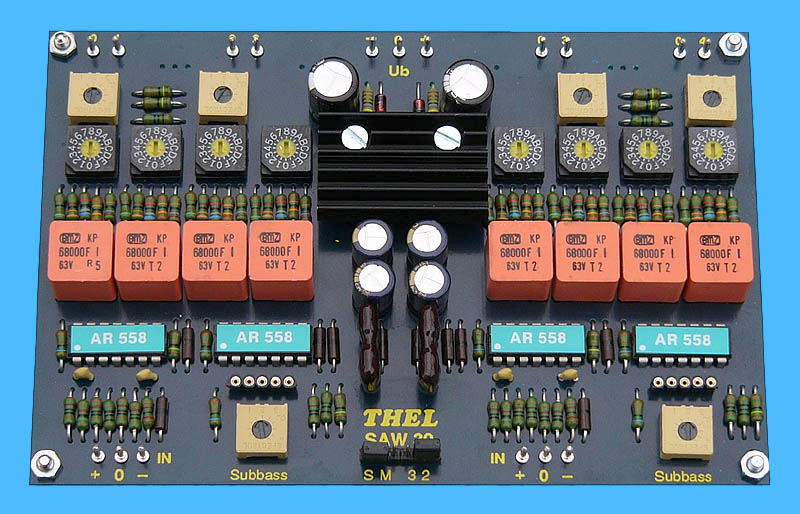PigletsDad
My intelligence test came back negative.
If Neil and I were to do a crossover board, based on the buffer circuit from the B4 preamp, what configuration would you want? The concept is pretty flexible, but we need to pick a number of modules to include in a basic board. Very complex systems would need more than one board.


